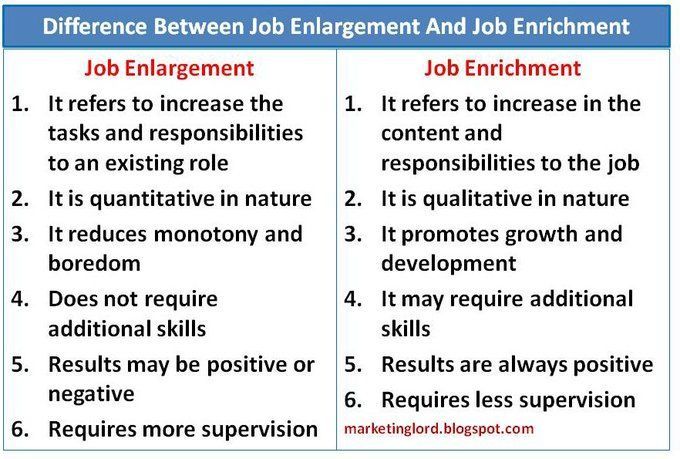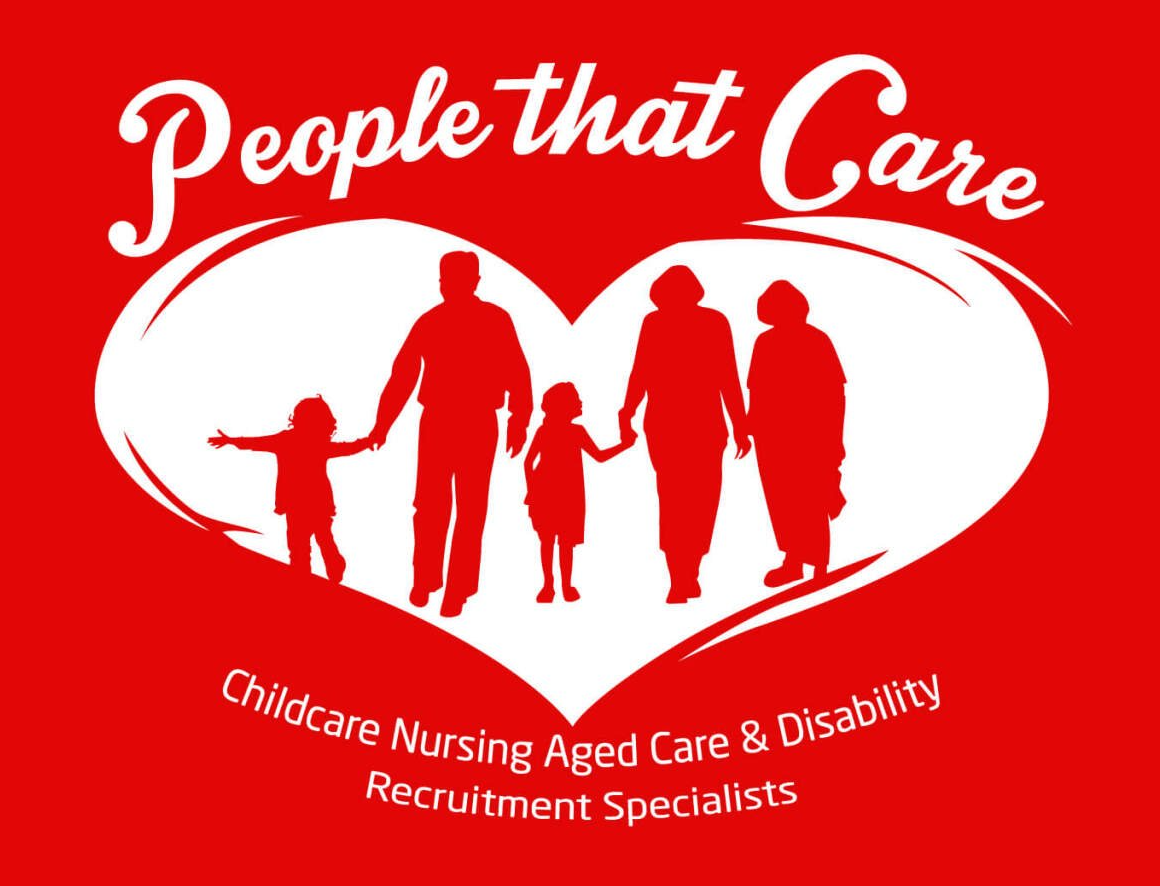Human Resource Strategies 101: Aligning HR & Business
Human resources strategy continues to emerge as a key factor in the workplace of today and tomorrow. In the past, human resources (HR) took a backseat when driving business strategy. The good news is this is changing. More businesses are leveraging HR and workforce data that offers strategic insights a company can call upon to make decisions.
As noted in the 2023 Paychex Pulse of HR Survey, "The role of HR in the workplace is changing, with many leaders in the space saying they plan to focus on strategy and communication while utilizing technology to enhance productivity."
An effective human resource strategy recognizes the key importance of aligning HR functions with a company's broader plan. It means that "routine" HR services (recruitment, hiring, onboarding, benefits administration, and training and development) are viewed through the company's overall vision and purpose.
What Is a Human Resource Strategy?
For a business to succeed in today's marketplace, it must synchronize HR functions with other crucial elements, from sales and finances to customer service. In this increasingly popular approach, HR leaders occupy "a place at the table" when high-level executive decisions are made.
Generally, this means adopting a long-range human resources strategy where key operations, such as hiring and retention, directly influence a business's strategic direction. HR planning works in sync with C-suite leaders and others, with an eye toward the challenges a business faces today and in the future.
Read More
What Is a Human Resources Information System (HRIS)?
Types of HR Strategies
HR departments take on different organizational structures from one business to another, but when the time comes to broaden this department's purpose, two distinct types of HR strategies tend to emerge.
The first strategy recognizes the value of a high-functioning HR department within the entire organization. Policies within this framework emphasize the role played by HR in employee recruitment, training and development, and (ideally) ongoing advancement within the company. This can entail, among other things, the alignment of business objectives with employee performance evaluations and other human capital management initiatives.
A second type of HR business strategy emphasizes the role of every employee. The focus here is on training and development based on an individual's ability to learn and grow. Overall, this strategy aims at generating experience and knowledge that results in enhanced performance and fewer skill gaps within the workforce.
Is it time to adopt a new HR strategy? Find an HR professional who can help deliver personalized guidance and actionable HR advice based on your needs and help you meet your business goals.
What Is the Importance of an HR Strategy?
Historically, human resources primarily oversaw administrative aspects of a business with little connection to a company's goals. Today, many business leaders and HR professionals recognize that this approach can hinder successfully implementing business goals and initiatives that affect the entire organization.
In addition to leveraging valuable HR resources to help guide a company's future, this approach can directly impact your bottom line. Why? Engaged employees will likely stay longer with a business, improve their work output, and be more enthusiastic about their contributions. The result is the likelihood your business will see increased productivity, improved employee retention, and organizational growth.
Strategic HR management can:
- Improve employee performance.
- Predict future workforce needs and challenges.
- Help businesses cope with turnover and new employee orientation.
- Contribute to a more efficient business.
Why is an HR strategy important? Because it offers a significant resource for executing a company's short- and long-term goals.
6 Examples of HR Strategy
Examples of human resource strategic management span the full range of HR capabilities. When business leaders welcome the input and collaboration of HR professionals, the potential value is nearly limitless.
Examples of HR strategic goals can include the following:
- Focus on promoting a company's reputation as an "employer of choice.”
- Establish formal policies and procedures that stress strategic recruitment and retention.
- Refine and implement a standardized new employee onboarding process.
- Support employee learning and development.
- Identify and develop future leaders from within the existing talent pool.
- Ensure the business offers competitive hiring and benefits packages.
As these HR strategic best practices illustrate, aligning human resources with strategic planning can add a valuable dimension to an overall business plan.
How To Build an HR Strategy
Creating an HR strategy requires time and resources, but the potential payoff can be worth it. Many experts recommend undertaking a thorough SWOT (Strengths, Weaknesses, Opportunities, Threats) analysis of the organization. With the information derived from this analysis, you can move on to these concrete action steps:
1. Communicate With Your Team
Set up conversations with internal stakeholders (managers, department heads, employees) to comprehensively grasp your company's history and accomplishments and ensure everyone understands your products or services.
2. Assess Individual Employees’ Range of Skills
Bringing HR in as a strategic partner includes an understanding of the range of your employees' skill sets. How well have employees performed in the past? What's their record of accomplishment concerning company programs and initiatives? How can we further train and develop our most promising workers?
3. Pinpoint Future HR Needs
With in-depth information about your workforce, you can more realistically anticipate your company's future HR needs. When employee performance falls short, look closely at possible reasons and determine the best action to fill gaps between job requirements and actual performance.
4. Re-Evaluate the Recruitment and Onboarding Process
Today, more than ever, businesses depend upon recruiting and hiring the right people to fill open positions within the organization. Considering the significant investment of time and resources dedicated to this objective, it makes sense to regularly assess the relative success of your current compensation and benefits packages. It's also helpful to utilize HR technology to achieve your HR goals.
In addition, talented job candidates may pass you by because they don't have a strong sense of your company culture, the workplace environment, and opportunities for advancement. Be sure to constantly monitor how you’re marketing employee experience in your recruitment materials.
5. Anticipate Turnover
Inevitably, some employees will leave the organization searching for "greener pastures." Encourage your HR management team to gain an in-depth understanding of why employees are going elsewhere. This will prompt efforts to eliminate toxic elements in the workplace and other factors inducing employees to seek jobs elsewhere.
Remember, an effective HR strategic plan depends on the skillset of the people working in the business.
Benefits of an HR Strategy
Alignment between HR and a company's long-range objectives can yield a variety of benefits:
- More efficient allocation of money and other resources
- Enhanced employee engagement
- Boosts in morale and productivity
- Improved recruitment and onboarding processes
- Greater understanding of future HR needs
In addition to these benefits, effective HR planning strategies can result in clearer policies and procedures that help to keep your workplace environment in compliance with local, state, and federal employment laws. This, in turn, can help safeguard the business from audits, fines, and penalties for non-compliance, a great boon to companies who might otherwise get bogged down in bureaucratic red tape.
Why Aligning Your HR Strategy With Your Business Strategy Matters
Regardless of industry, the role of HR is often divided between "transactional" and "transformational" activities. Transaction activities are tasks HR oversees, such as managing employee recruitment and onboarding processes, administering payroll, maintaining employee records, and overseeing performance management.
These tasks can be so time-consuming that HR practitioners don't have the time to focus on strategic or transformational planning and interventions. Fortunately, automation has reduced the burden of many repetitive tasks and, in some cases, allowed HR professionals to take on more of a transformational role within their organizations.
Transformational activities focus on employee’s experience and journey within the company, beginning with recruitment, hiring, and onboarding. They are aimed at keeping employees engaged, helping them understand the company's vision and values, encouraging an open door policy, providing growth opportunities, and recognizing employee achievements.
Emphasizing these transformational activities can have a direct impact on a company's bottom line. Engaged employees will likely stay with the business longer, provide better work output, and be more enthusiastic about their contributions. As a result, companies with highly engaged employees tend to benefit from increased productivity, improved employee retention, and growth.
Human resources can potentially become a key partner in broader strategic plans.
Find an HR Consulting Professional trained in HR functions ranging from recruiting and hiring to employee separation and employment laws and regulations. They can become a strategic partner to your team who knows your business and its challenges.
Connect With an HR Consultant Today
Strategic HR Planning Can Help Your Business Grow
A critical step in displaying the business value of your HR transformational activities is to gain the confidence and buy-in of the CFO or controller, and this can be done by connecting the dots between your actions and business results. In short, your HR leaders must learn how to "speak the language" of financial decision-makers and other business leaders by demonstrating the connection between improving talent and increasing engagement and productivity.
Reach your business objectives by working with your HR department to:
1. Align Your Staffing Strategy With Your Financial Goals
Are you investing money in expansion, or tightening budgets? Make sure your HR department is aware of your budget so it can manage recruitment and hiring plans accordingly. Your HR team may also want to conduct a skills gap analysis to be more strategic in their recruitment, ensuring they are focused on hiring employees who meet predetermined business goals. A skills gap analysis can also help you identify employees who need upskilling or reskilling to improve their performance.
Your teams can have a significant impact on your business metrics. For example, a poorly performing team can affect customer satisfaction, and when customers are not happy, profits may drop. A team of talented, engaged employees is worth its weight in gold. The return on investment you can gain is higher quality work, increased productivity, and more innovation — all of which can contribute to your bottom line.
2. Establish a Business Continuity Plan for When a Crisis Arises
In response to the global pandemic, many companies were forced to cut costs or temporarily close their doors, causing many to reduce their employee headcount. Decisions like these can have severe repercussions, both financially and on employee morale. Often, remaining employees must absorb additional work or feel anxious about their job security. That's why HR should be involved in creating a business continuity plan (BCP) to help alleviate business disruption during a crisis.
When business disruption occurs — whether it be the result of an infectious disease outbreak, natural disaster, or something else — having a business continuity plan can help minimize its impact on your business and your employees. A BCP can include the following:
- Create an emergency checklist and train staff on procedures before a disaster strikes.
- Ensure that employees have the resources to work remotely if needed.
- Temporarily freeze recruitment during a financial crisis.
- Implement furloughs, limit shift work, and reduce overtime.
- Place projects involving contractors and consultants on hold.
- Have a communications plan to keep employees updated on how the company manages the situation.
- Secure and back up company data for easy recovery. Consider switching to a cloud-based HR system to ensure employee data is not lost, and you can run your payroll normally.
- Build financial resources to carry you through the crisis and help the business recover once the crisis has passed.
3. Leverage HR Strategic Planning To Manage Organizational Change
When organizational change happens, it can be uncomfortable — and often stressful — for employees. This can include major changes like merging with another company, organizational restructuring, or shifting the company's culture, as well as implementing new processes, switching platforms, or adjusting teams or leadership.
To help make the transition as smooth as possible, your HR department should be aware of the company's strategic vision for the change. Let's look at two examples.
- Employees may worry about their job security in a major change, such as a corporate restructuring. If HR knows your strategic vision for the restructuring, they can focus on allaying employees' fears to help smooth the transition. Doing so may avert a situation where employees "jump ship" or begin looking for a job elsewhere. In the long run, retaining your talent during change can impact your business's bottom line, saving you the time and money to recruit and onboard new staff.
- In another example, Let's say you're moving from a conventional workforce to a hybrid structure. You'll want the help of your HR team when it comes to managing the process to cause minimal disruption for employees. Or, if you're planning a move towards a remote working model, your HR team may be able to provide insights into the processes and technology needed to ensure employee productivity in a digital work environment.
HR and Future Business Growth
The days when HR stood apart from other operational aspects of a business are long gone. Today's business leaders recognize their workforce's strategic role in opportunities for growth and support a close alignment between human resources and strategic planning, thus dramatically increasing the odds for future expansion.
HR Strategy FAQs
Here are commonly asked questions regarding human resources strategy:
- How Do HR Strategies Affect Performance?How Do HR Strategies Affect Performance?
- Effective strategic human resource management recognizes the importance of aligning HR functions with a company's broader plan for growth. Key HR services (recruitment, hiring, onboarding, payroll and benefits administration, and training and development) are purposefully aligned with a company's overall vision and purpose.
Source: https://www.paychex.com/articles/human-resources/what-is-a-human-resource-strategy


People That Care Australia does not receive any funding to operate its business. All profits are used to improve the service we offer to Jobseekers.
USEFUL LINKS
FOLLOW US
STAY INFORMED
You need a helping hand with your project?
We will get back to you as soon as possible
Please try again later
CONTACT US
Contact Us
We will get back to you as soon as possible.
Please try again later.
All Rights Reserved | People That Care Australia
Made with 💛 by Shazamme
